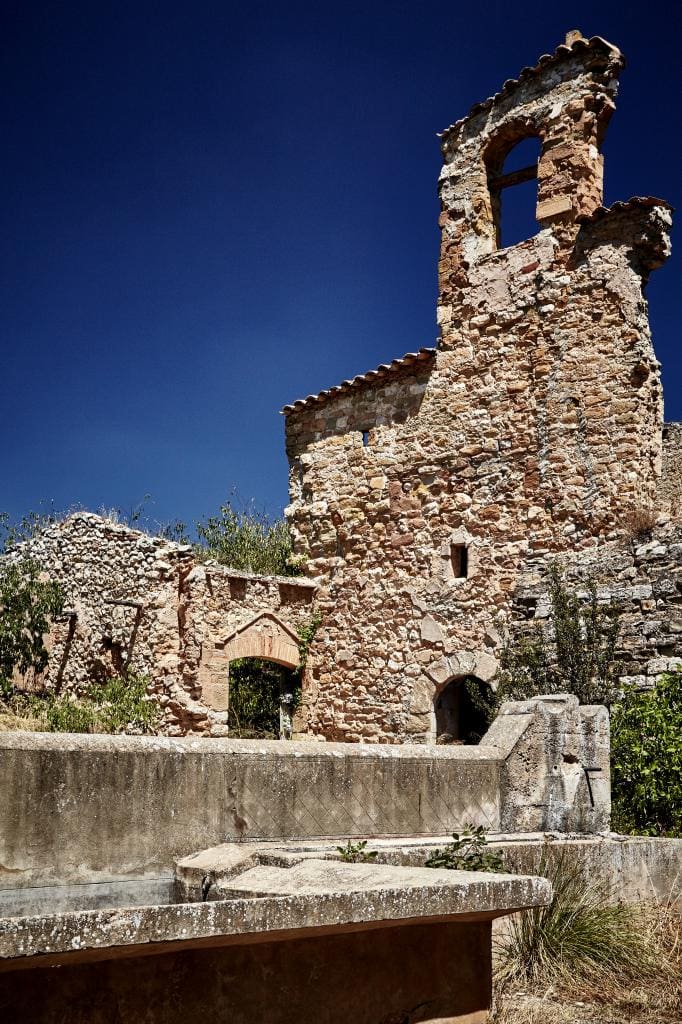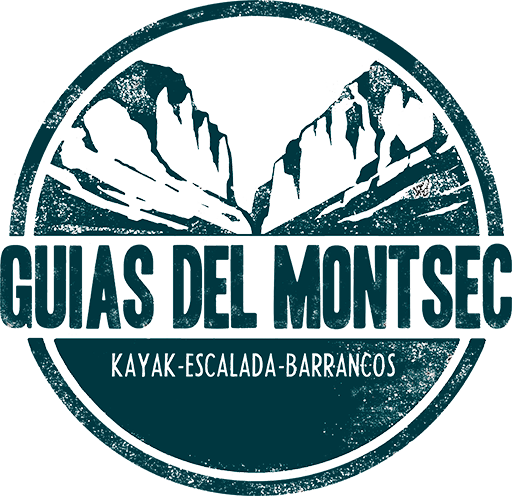Inicio / What to Do / Abandoned Villages
Abandoned Villages
1960
1980
2004
2005
2009
The village of Montfalcó was abandoned in 1960 when the residents sold their buildings and land to the Spanish Forestry Service.
During the 80s, as responsibility for the mountains began being transferred to the Autonomous Communities, Monte 1100, which contains within its borders the village of Montfalcó, started being managed by the Government of Aragón's Environmental Department.
In 2004, the Ministry of the Environment took charge of compiling an inventory of all the disused properties in the mountains throughout the Autonomous Community of Aragón.
In 2005, the Strategic Plan 2005-2007 was drawn up with the goal of recovering abandoned villages, including eight projects which have since been rolled out and executed:
- Casa Batlle Environmental Tourism Hostel (Ribagorza County, Huesca).
- Masías de Ejulve Territorial Interpretation Space (Andorra–Sierra de Arcos County, Teruel).
- Basic infrastructure in several abandoned villages to foster their recovery by administrations and collectives (Huesca province).
- La Solana-Valle Vió Drovers’ Road Thematic Route (Sobrarbe County, Huesca).
In 2009, Montfalcó Mountain Refuge opened its doors with the goal of exhibiting the area in a respectful manner while doing everything it can to preserve and protect it against the changes occurring in its surroundings.
Montfalcó
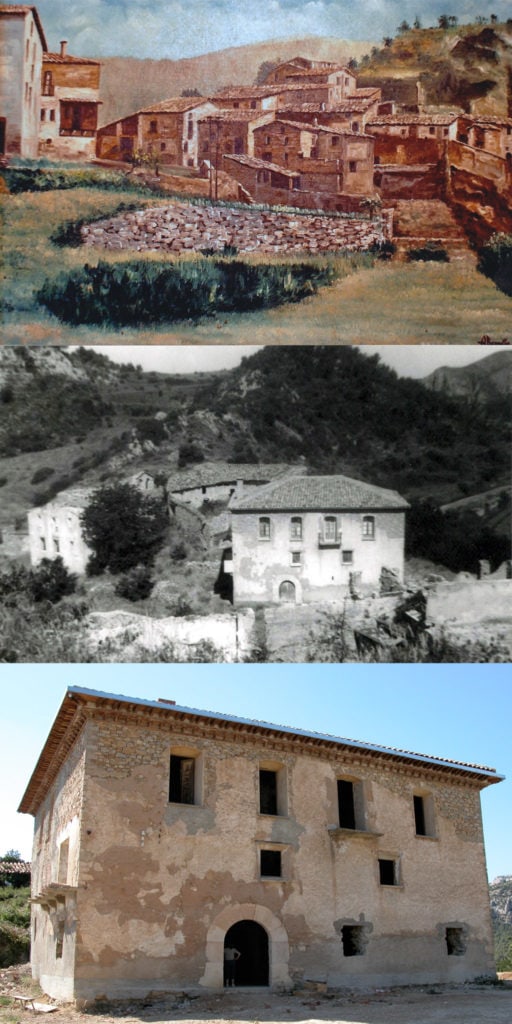
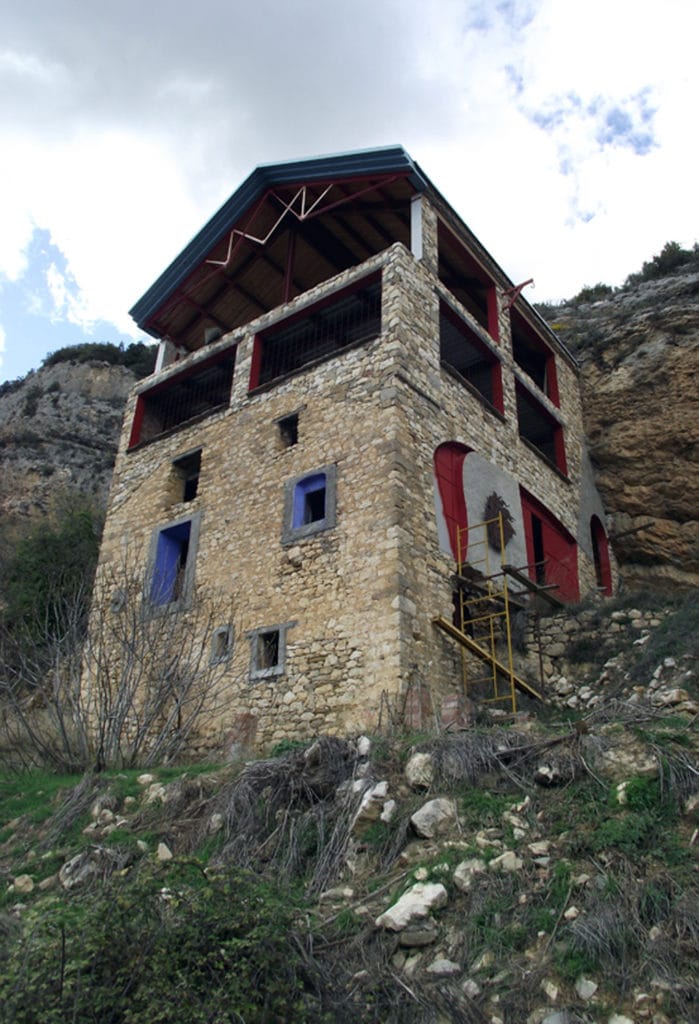
Montgay
Chiriveta
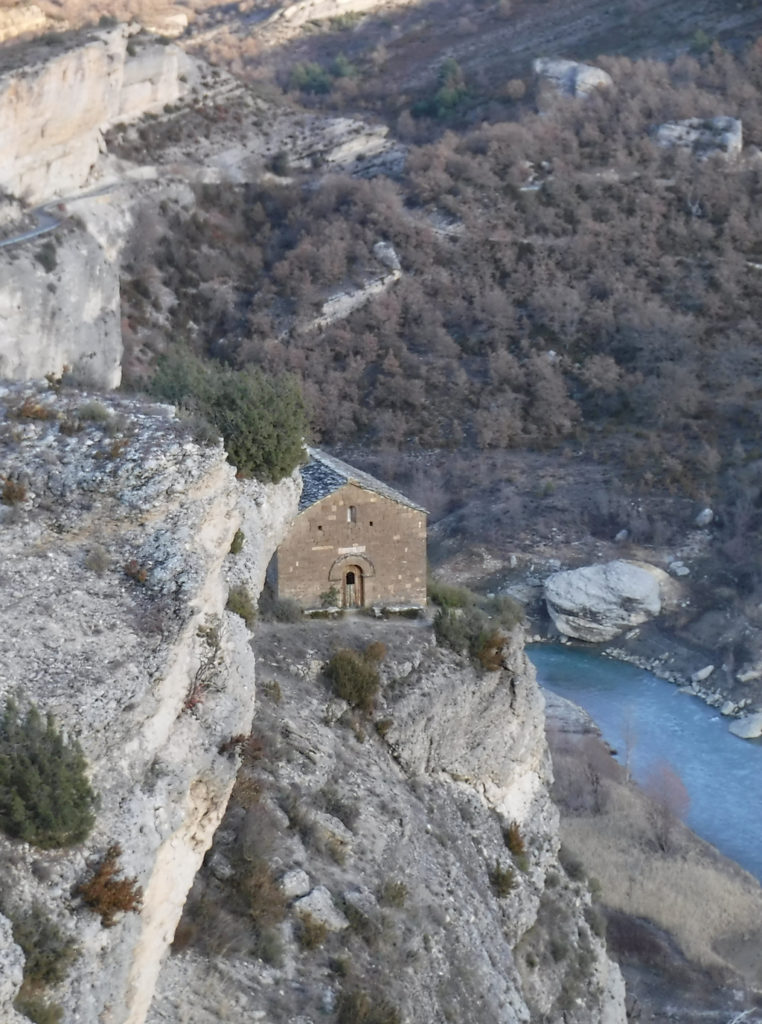
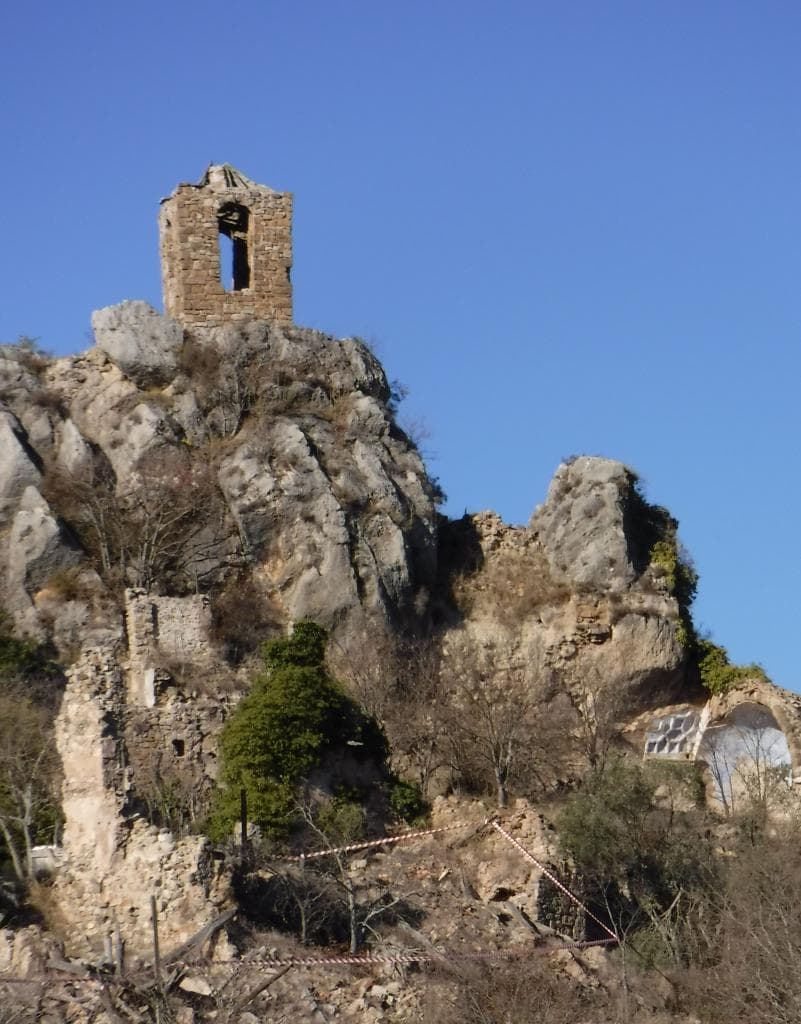
Caserras del Castillo
L´Estall
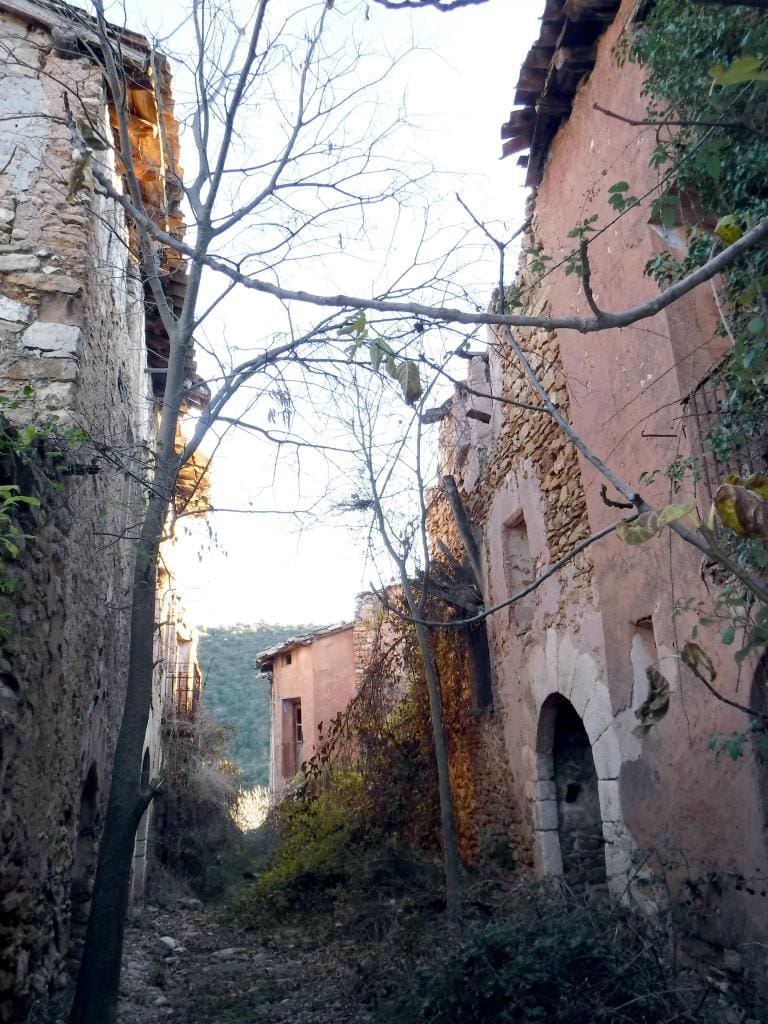
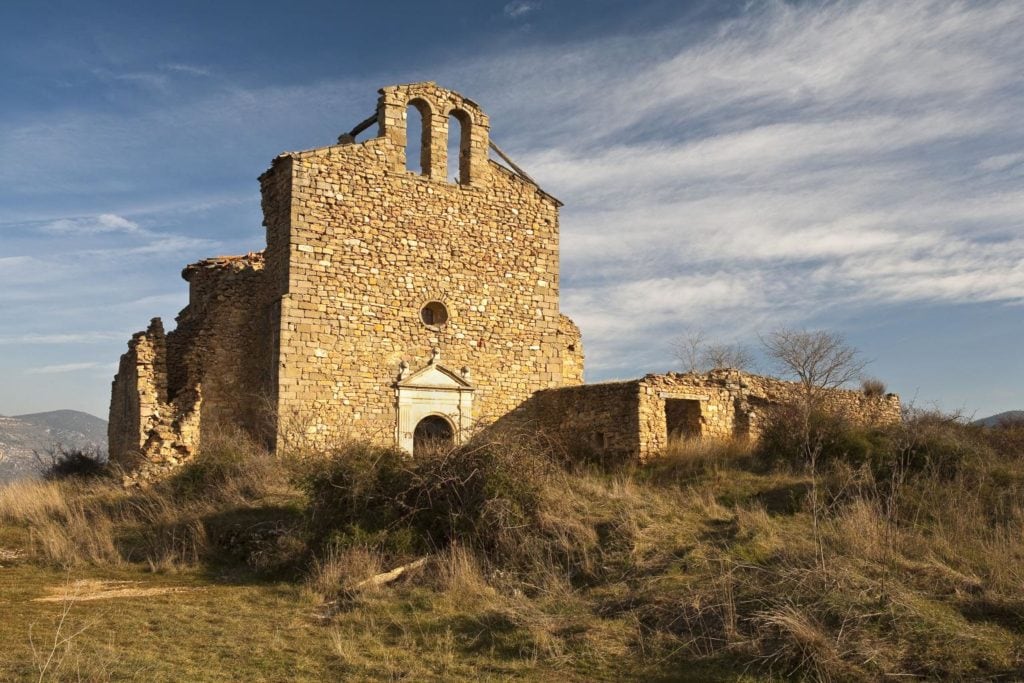
Fet
Finestras
